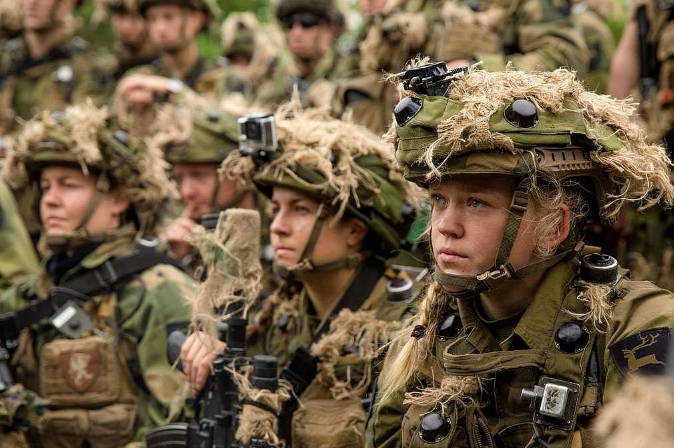
How does a $50 billion package of defines assistance redefine not only a war but the technology of the contemporary battlefield? That is the question NATO’s new 2024 pledge to Ukraine forces planners and engineers are compelled to ask. Its historic scale, pledged against the backdrop of the Alliance’s seventy-fifth annual gala, is a political statement but also a technology and logistical test that has the potential itself to redefine the balance of military power at the battlefield.

1. A Historic Financial Investment
The 50 billion in commitments aligns when the alliance’s total defines spending has surged to 2.71 percent of GDP and when 23 of the 32 members are now reaching the 2 percent target, six overall in 2021. It’s a show of the post-2022 shift that came from the all-out Russian onslaught towards industrial-strength long-term military aid to Ukraine. The Europeans have also surpassed the Americans in overall military aid and have contributed a total of €72 billion versus the 65 billion provided by Washington.
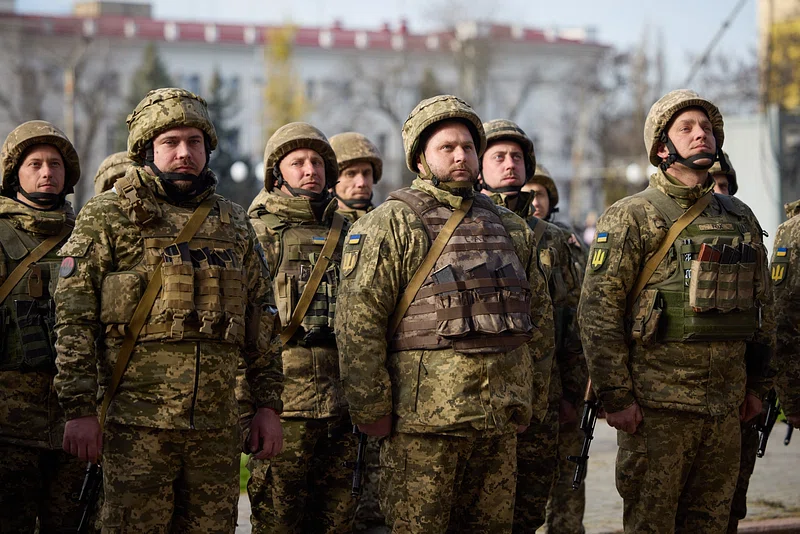
2. Political and Strategic Calculus
The package is designed both to sustain the Ukrainian defines but also further take it into the security spectrum of NATO. The Washington Summit agreement for NATO Security Assistance and Training for Ukraine (NSATU) provides official shape to the delivery of higher-level weaponry and training. Politically, the package also provides the Moscow signal that NATO’s plans are never ad hoc but are the end-result of long-range planning.
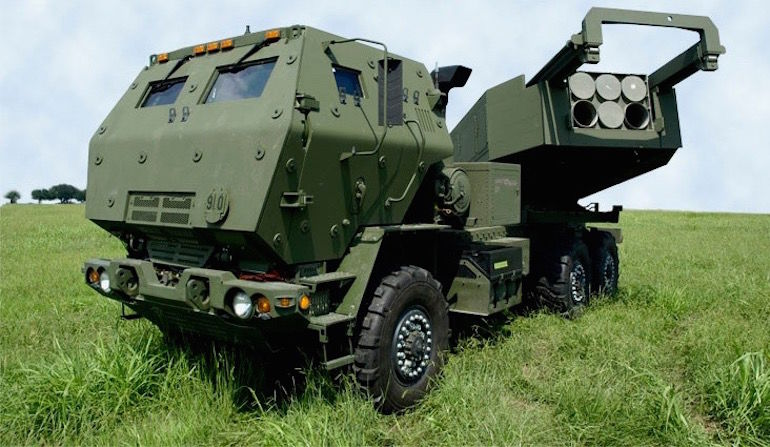
3. Primary arms in question
Most immediate need is air defence. Germany is offering two additional Patriot systems which have the capability to intercept ballistic missiles to a range of 160 kilometres. The Netherlands is also offering American interceptors and munitions, while the Nordic countries are also offering anti-tank ammunition and spares. All these are accompanied by HIMARS launchers that are able to strike to a metre-level accuracy presently at 80 kilometres and are also accompanying these shifts by adding a growing number of advanced drones.

4. Mass Deliveries Scalable Logistics
These large shipments demand a logistics chain that combines military efficiency and commercial convenience. NATO allies itemize the weapons by Ukrainian military requirements in the theatre, accept delivery of them–in some cases directly from US stocks–and move them by secure, multi-mode transportation. The “packages will be packed quickly and shipped regularly,” NATO has pledged, emphasizing the move towards regular schedules of high-volume supplies.
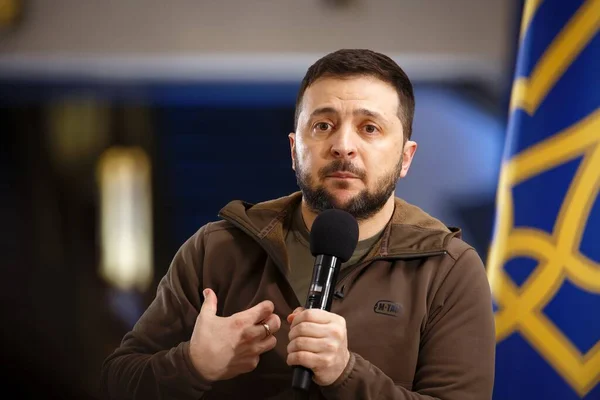
5. Ukrainian Surge in Domestic Production
President Volodymyr Zelenskyy has a goal of 50% of Ukrainian arms being produced domestically after six months of the new administration’s term. In 2024, the UAV manufacturing for Ukraine reached 96.2% self-sufficiency by building 2 million drones they were a majority with AI-automated targeting that increased the hit rate from 10–20% to 70–80%. The 2025 target is 5 million drones, of which half will be AI-guided.
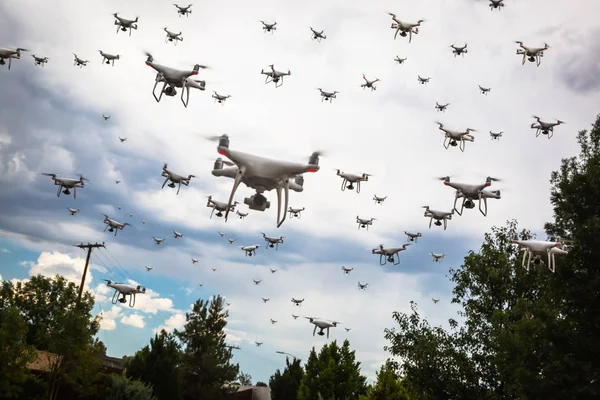
6. Autonomous Warfare and AI
AI integration in Ukrainian arms is a leap in military capabilities. Battlefield-trained AI algorithms have transformed drones from scout vehicles to precision strike platforms. German Helsing AI is delivering near 4,000 HX-2 Karma UAVs that are built to counter electronic warfare and will automatically identify and strike targets. Ukrainian planners are plotting “actual drone swarm deployments” in 2025 that are the opening salvo of true autonomous fighting vehicles.
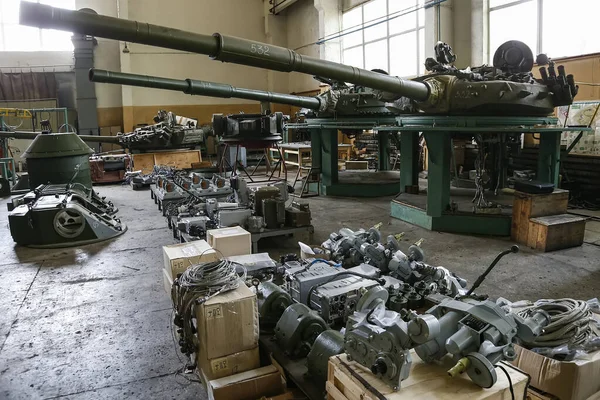
7.Industrial Mobilization in the West
The long war has drained NATO inventories, causing a structural shift: over 60 percent of supplies delivered in 2023–2024 were new-production units. This industrial mobilization, notably in Germany where most of the equipment delivered by sea to Ukraine is ordered from industry, signals a West defense base shift towards the maintenance of the high-volume industrial base.
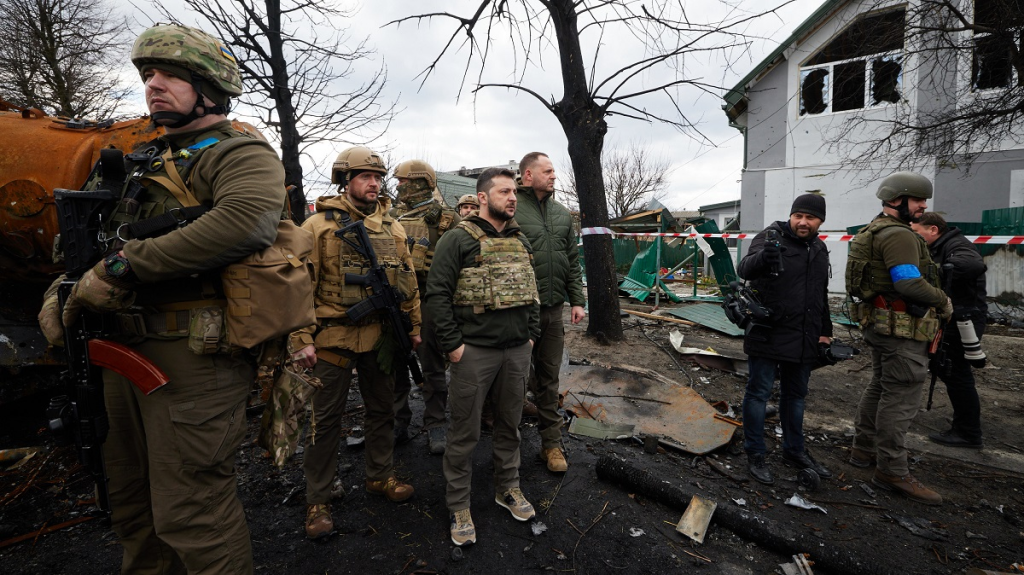
8. Battlefield Impact and Russian Countermeasures
Russia’s 1,000-km long front line and city campaign of bombardments has rendered air defense and precision strike capabilities decisive. Ukrainian Innovation Cycles currently enjoy a broad advantage in adaptation over Moscow’s armies that take several days but a few weeks to counter new technologies but are incapable of sustaining the very rapid iteration in AI-enabled technologies by Ukraine.

9. NATO’s Role Beyond Lethal Support
As the alliance of NATO provides non-lethal support uniforms, tentage, medicines the member nations’ lethal support coordination has enlarged its mission. The capabilities of the Alliance for synchronized procurement, training, and delivery have become a multiplier for the Ukrainian tech edge. The package of $50 billion is therefore bigger than an arms swap; it’s the beginning of a new kind of war a kind where industrial might, integration of AI, and multinational logistics intersect and become a defines paradigm that’s a combination of innovative and firepower.

